Importing doors and windows from China offers incredible advantages, making it a popular choice for homeowners, builders, and contractors worldwide.
From significant cost savings to an extensive variety of designs and customization options, China’s manufacturing capabilities cater to diverse needs while maintaining high quality.

The process of importing doors and windows may seem complex, but with the right preparation, it becomes straightforward.
It involves sourcing reliable suppliers, ensuring proper shipping logistics, and conducting thorough quality assurance.
This guide will walk you through everything you need to know to make the importing journey seamless and successful.
Why Import Doors and Windows from China?

China has earned its reputation as the world’s largest exporter of doors and windows, backed by impressive trade statistics and global rankings.
With advanced manufacturing capabilities, China offers products that meet international standards while maintaining competitive pricing, making it an ideal choice for cost-conscious buyers without compromising quality.
One of the biggest advantages of importing from China is the variety of designs available.
From custom-made options tailored to unique architectural styles to standard designs that fit any space, the possibilities are endless.
This level of flexibility allows homeowners and builders to find solutions that align with their exact needs and preferences.
Additionally, the affordability of Chinese products is unmatched, thanks to large-scale production.
Combined with strict quality control measures, buyers can trust that the doors and windows they receive are durable, reliable, and crafted to perform well over time.
These high-quality, aesthetically pleasing designs not only enhance property appearance but also increase its overall value.
By choosing to import from China, you get the best of both worlds: superior quality and cost efficiency.
Choosing the Right Materials for Doors and Windows

When it comes to selecting the right materials for your doors and windows, it’s essential to understand how each option can impact the functionality, aesthetics, and cost of your project.
Let’s break down the most popular materials and why they might (or might not) work for you.
uPVC (Vinyl)
uPVC, or unplasticized polyvinyl chloride, is a top choice for many homeowners and builders looking for a balance between cost and performance.
This material is highly durable, weather-resistant, and energy-efficient, making it perfect for insulating your home from both heat and noise.
Additionally, uPVC requires little to no maintenance—just a quick wipe-down now and then.
It’s also eco-friendly, as many uPVC windows and doors are recyclable.
However, while affordable and practical, it may lack the luxurious look some homeowners want.
Aluminum
Aluminum doors and windows are all about strength and style.
This lightweight yet durable material is corrosion-resistant, making it ideal for homes in humid or coastal areas.
Modern aluminum frames often come with thermal breaks, which improve energy efficiency.
Plus, they give your property a sleek, contemporary feel that’s perfect for minimalist designs.
On the downside, aluminum is not the best insulator, so it might not be as energy-efficient as other materials unless paired with advanced thermal technologies.
Wood
Nothing says timeless elegance quite like wooden doors and windows.
They bring warmth and natural beauty to any home, making them a favorite for traditional or high-end architectural styles.
Wood is also an excellent insulator, providing both soundproofing and temperature regulation.
However, this charm comes at a cost—wood is typically more expensive and requires regular maintenance to prevent warping, rotting, or pest damage.
If you’re willing to invest the time and money, wooden doors and windows can elevate your property’s look and feel.
Stainless Steel
For maximum durability and security, stainless steel is a standout option.
Known for its unmatched strength and resistance to harsh weather conditions, stainless steel doors and windows are built to last.
They’re also low-maintenance and fireproof, adding an extra layer of safety to your home. The only drawback is their weight and higher cost, which might make them less suitable for residential projects where aesthetic appeal is a priority over functionality.
However, if security and durability are your main goals, stainless steel is hard to beat.
Types of Doors and Windows to Consider
Choosing the right type of doors and windows can make all the difference in how your home or building looks and feels.
The right choice doesn’t just elevate aesthetics but also enhances functionality, energy efficiency, and space optimization.
Let’s take a closer look at some of the most popular options.
Sliding Doors and Windows
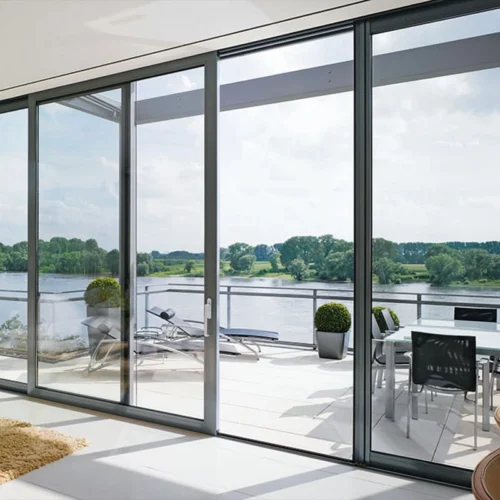
Sliding doors and windows are a fantastic choice for those who want to maximize space without compromising on design.
These doors slide along runners, making them perfect for areas where swinging doors might take up too much room.
Beyond their space-saving benefits, sliding doors and windows are excellent for increasing natural light and ventilation.
They’re ideal for connecting indoor and outdoor spaces, giving your home a seamless flow while maintaining a sleek, modern look.
Whether it’s a patio door or a large window overlooking a garden, sliding options are all about practicality and elegance.
Folding (Bi-Fold) Doors
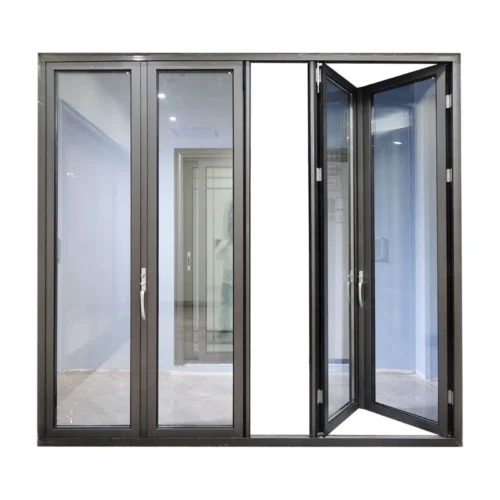
If you’re working with large spaces or want to create an open, airy feel, folding doors, also known as bi-fold doors, are a brilliant option.
These doors fold back in sections, allowing you to open up an entire wall to the outdoors.
Imagine hosting a party and being able to merge your living room and patio into one expansive area!
Folding doors are not just stylish—they’re incredibly versatile, giving you control over how much space to open or close off.
They’re also perfect for creating a modern, high-end look that’s both functional and visually stunning.
French Doors
French doors are a classic choice that exudes elegance and sophistication.
Known for their large glass panes, these doors let in plenty of natural light while providing an unobstructed view of the outdoors.
They’re perfect for creating a luxurious vibe in any space, whether used as entryways, patio doors, or room dividers.
But French doors aren’t just about looks—they’re also energy-efficient, often featuring double or triple glazing to keep your home cozy and reduce energy costs.
If you’re aiming for a timeless design that adds both beauty and functionality, French doors are a fantastic choice.
Steps to Prepare Before Importing
Before diving into the process of importing doors and windows from China, it’s essential to lay the groundwork properly.
Taking a few preparation steps upfront will save you time, money, and potential headaches down the line.
Let’s walk through what you need to do to set yourself up for a successful import.
Accurate Measurements
Getting precise measurements is the first—and arguably the most critical—step in the process.
An incorrectly sized door or window can lead to costly adjustments or even total replacements.
We recommend consulting a local builder or contractor to take accurate measurements for your project.
These measurements will ensure that the manufacturer in China has all the necessary details to create products that fit your space perfectly.
Trust us, this is not a step you want to skip!
Define Design and Functionality
Doors and windows aren’t just about filling openings in a building—they’re key elements of its design and functionality.
Think carefully about what you need.
Are you looking for sleek, modern designs for a commercial space or timeless, classic styles for a residential project?
Consider factors like natural lighting, ventilation, and how the doors and windows will complement your overall architectural style.
By clearly defining your design and functional requirements, you can narrow down your options and make the selection process much smoother.
Understand Local Standards
Every country has its own set of standards and regulations for construction materials, including doors and windows.
These standards may vary based on factors like climate, energy efficiency, and safety requirements.
Research what’s required in your region—whether it’s certifications for thermal performance, hurricane resistance, or fire safety.
Knowing these details in advance will help you communicate your needs effectively to the manufacturer and ensure that the products meet all necessary compliance standards.
How to Find Reliable Doors and Windows Suppliers

Finding the right supplier is like finding the perfect partner—they should understand your needs, deliver on their promises, and make the process as smooth as possible.
When it comes to importing doors and windows from China, choosing a reliable supplier can make or break your project.
Let’s walk through how to find trustworthy suppliers and build a successful partnership.
Identifying Manufacturers: Factory or Trading Company?

The first step is figuring out whether you’re dealing with a factory or a trading company.
Factories manufacture the products directly, often offering better prices and customization options.
On the other hand, trading companies act as middlemen, which can result in higher costs but a more diverse product selection.
To identify a true manufacturer, ask detailed questions about their production capabilities, visit their website, or request a factory tour (even virtually).
Knowing who you’re dealing with can help you make better decisions about quality and pricing.
Evaluating Suppliers: Reviews, Certifications, and Samples
Not all suppliers are created equal.
To ensure reliability, dig into customer reviews and testimonials.
Look for certifications that prove compliance with international standards, such as ISO or CE certifications, which indicate quality and reliability.
Once you’ve shortlisted a few suppliers, request sample products.
Samples provide a hands-on way to assess the quality of materials, craftsmanship, and whether they meet your specific requirements.
This small step can save you big headaches down the road.
Working with Sourcing Agents: Simplifying the Process
If navigating the language barrier or understanding China’s business culture feels overwhelming, consider working with a sourcing agent.
These professionals bridge the gap between you and the supplier, handling everything from product sourcing to price negotiations and quality inspections.
They’re especially helpful for first-time importers who want to avoid miscommunication or hidden costs.
A good sourcing agent will ensure you get what you pay for—without the stress.
Supplier Negotiations: Securing the Best Deal
Negotiating with suppliers isn’t just about getting the lowest price—it’s about finding value.
Start by discussing pricing, but don’t stop there.
Negotiate warranties, shipping terms, and after-sales support as well.
Clarify who covers what:
Will the supplier handle shipping arrangements?
Who pays for customs duties and insurance?
These details might seem small, but they can significantly impact your overall cost and experience.
Approach negotiations with a clear understanding of your needs and expectations to build a mutually beneficial relationship.
Shipping and Logistics
Once you’ve found the right supplier and finalized your order, it’s time to navigate the shipping process.
Shipping and logistics can feel overwhelming at first, but with the right preparation, it becomes a smooth and manageable part of importing doors and windows from China.
Let’s break it down step by step.
Shipping Methods: FCL vs. LCL

When it comes to shipping, you’ll have two main options: Full Container Load (FCL) or Less than Container Load (LCL).
If you’re ordering in bulk, FCL is your best bet.
It allows you to book an entire container, ensuring your products are handled exclusively and reducing the risk of damage during transit.
On the other hand, if you’re ordering smaller quantities, LCL is more cost-effective.
Your goods will share a container with other shipments, but this also means there’s a higher chance of delays or mishandling.
Choosing the right method depends on the size of your order and your budget, so weigh your options carefully.
Required Documentation
Shipping international goods comes with a fair amount of paperwork, and getting it right is crucial to avoid delays or customs issues.
You’ll need a commercial invoice, which outlines the transaction details, and a packing list, which provides a breakdown of the items being shipped.
The bill of lading acts as a receipt for the cargo and a contract between you and the shipping company.
Depending on your country’s regulations, you may also need additional certificates, like a certificate of origin or fumigation certificate, especially for wooden materials.
Ensuring all documents are accurate and complete will save you from unnecessary headaches at customs.
Secure Packaging: Protecting Your Goods

Doors and windows, especially those with glass components, require extra care during shipping to avoid damage.
Proper packaging is essential.
Glass elements should be packed in sturdy wooden crates with adequate padding to prevent breakage during transit.
Frames and other parts should be wrapped securely to avoid scratches or dents. If you’re shipping multiple items, ensure everything is stacked and secured properly to prevent shifting during the journey.
Many suppliers offer secure packaging options, so don’t hesitate to ask about their methods to keep your products safe.
Overcoming Common Challenges

Importing doors and windows from China can be incredibly rewarding, but it’s not without its challenges.
Don’t worry—we’re here to help you navigate them.
Let’s dive into the most common hurdles and practical ways to overcome them.
Language and Communication Barriers
Dealing with suppliers in a foreign country often brings up one major issue: the language gap.
Many Chinese manufacturers may not speak fluent English, making communication tricky.
Misunderstandings can lead to incorrect orders or delays. The solution?
Work with a professional interpreter or a reliable sourcing agent.
Sourcing agents can bridge the gap, ensuring your specifications and requirements are understood clearly.
Plus, they’re often experienced in negotiating with suppliers, which makes the process even smoother.
Quality Concerns
It’s natural to worry about product quality when importing, especially when you can’t inspect items firsthand.
To avoid receiving subpar goods, focus on vetting suppliers thoroughly.
Look for manufacturers with strong reviews, certifications, and positive customer feedback.
Before placing a bulk order, request samples to assess the quality for yourself.
Additionally, consider hiring a third-party inspection service to check the products before they’re shipped.
This extra step ensures that what you receive meets your expectations and minimizes unpleasant surprises.
Delays in Production or Shipping
Delays can happen, whether in manufacturing or during transit.
To avoid unnecessary stress, set realistic timelines and build in a buffer for unexpected delays. Communicate your deadlines clearly to your supplier from the start, and follow up regularly to stay updated on progress.
For shipping, choose a trusted logistics provider with experience in international freight.
Keep in mind that holidays, weather, or port congestion can also impact delivery schedules.
Planning ahead and allowing some flexibility can save you from last-minute headaches.
Tips for Successful Importing
Importing doors and windows from China can be a game-changer for your projects, but success lies in careful planning and smart strategies.
Here are some tried-and-true tips to make your importing journey seamless and effective.
Collaborate with Professionals
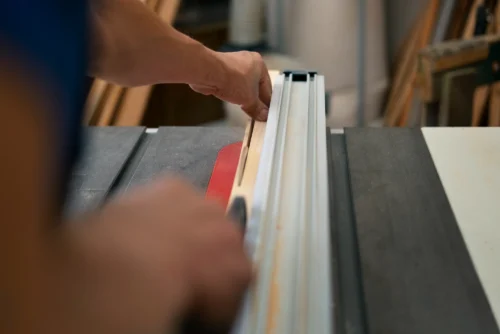
Whether it’s sourcing, logistics, or installations, partnering with professionals can simplify the entire process.
Work with experienced sourcing agents who know the market inside out and can connect you with the best suppliers.
For logistics, freight forwarders can handle everything from shipping documentation to customs clearance, saving you time and effort.
And when it comes to installations, consulting local builders ensures everything fits perfectly and functions as it should.
Build Long-Term Relationships
One-time deals are fine, but building a long-term relationship with reliable suppliers is far more valuable.
Trustworthy suppliers not only deliver quality products consistently but also offer better terms over time.
Stay in regular contact, provide clear feedback, and maintain a professional rapport to ensure your supplier becomes a dependable partner for future projects.
Stay Updated on Regulations and Trends
Importing rules and market dynamics can change quickly.
Keep yourself informed about import regulations, such as customs duties and product standards, in your country.
Simultaneously, stay on top of industry trends to understand evolving customer preferences or new product innovations.
Being proactive about regulations and trends gives you an edge in planning your imports effectively and staying competitive in the market.
Conclusion

Importing doors and windows from China offers unmatched benefits like cost savings, diverse designs, and reliable quality.
By thoroughly preparing, researching suppliers, and understanding your needs, you can take full advantage of what China has to offer for your projects.
Take the next step with confidence.
Partner with trusted suppliers, stay focused on quality, and collaborate with professionals to ensure a seamless importing process.
With careful planning and the right team, your importing journey can lead to long-term success and satisfaction.
FAQs About Importing Windows and Doors from China
Can you import windows from China?
Yes, importing windows and doors from China is a great option if local suppliers cannot meet your requirements. Chinese manufacturers offer a wide variety of high-quality products at competitive prices. Many top manufacturers provide customization options and international shipping services, making it easier for you to find exactly what you need.
How to purchase directly from China?
The easiest way to buy directly from China is by using a sourcing agent, such as Kanary, who can connect you with trusted suppliers and handle the process efficiently. Alternatively, you can communicate directly with suppliers through platforms like Alibaba, Made-in-China, or DHgate. However, working with a sourcing agent is often the best option as they have well-established relationships with suppliers and can ensure quality and cost-efficiency.
What is door-to-door shipping from China?
Door-to-door shipping is a complete logistics service where goods are picked up directly from the supplier’s location in China and delivered to your address. This service includes every step of the shipping process, such as handling, documentation, customs clearance, and final delivery, providing a seamless and stress-free experience for importers.
What did ancient China use for windows?
In ancient China, windows were primarily made from wood. This was due to the availability of the material and the simplicity of processing it with limited tools and techniques. Wood was also chosen to match the traditional wooden architecture commonly used in ancient Chinese buildings.
These answers aim to provide clarity on common questions about importing windows and doors from China, helping you make informed decisions as you navigate the process.

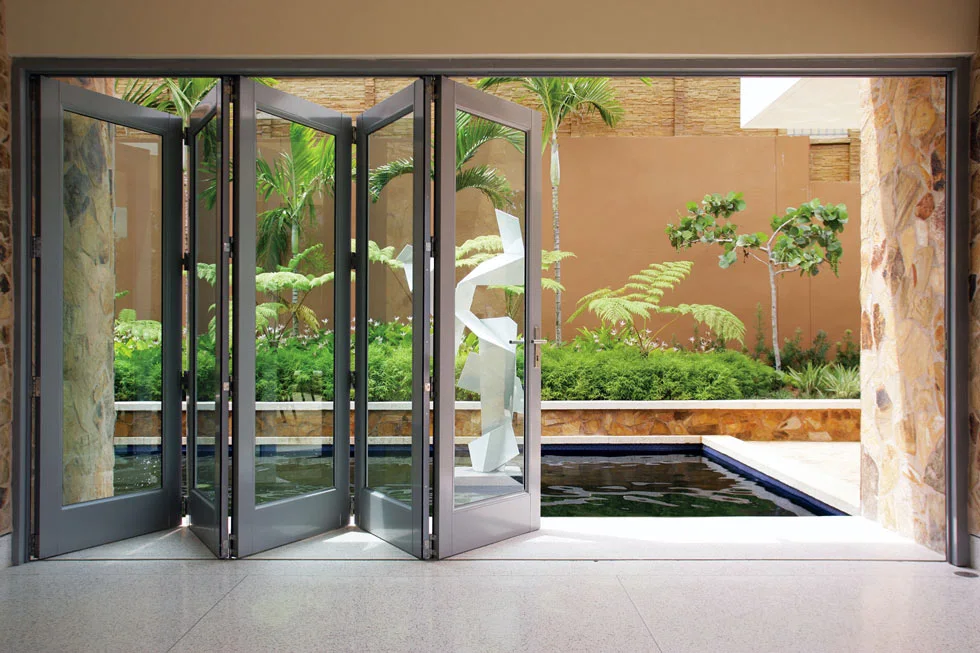
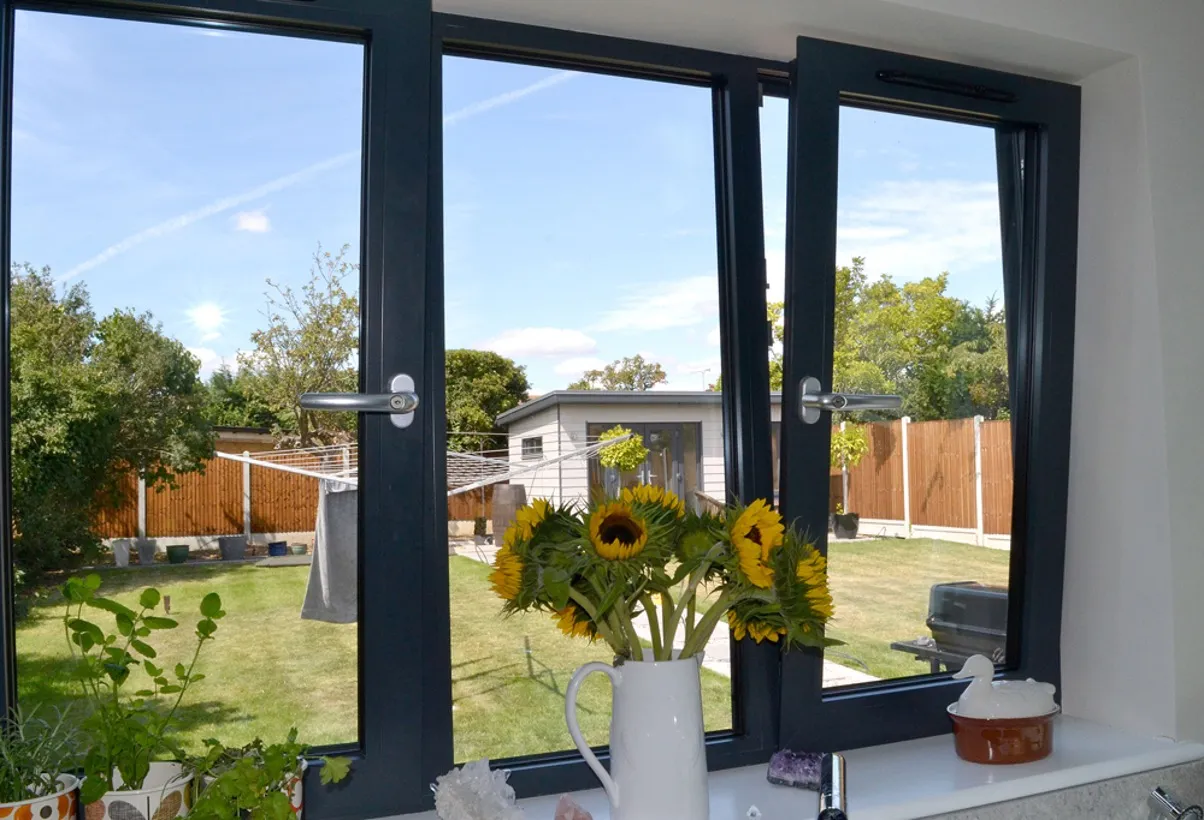




![Remove the Frame and Track Remove A Sliding Glass Door - How to Remove Sliding Glass Doors Safely [October 2025] - APRO Remove the Frame and Track Remove A Sliding Glass Door](https://aprowin.com/wp-content/uploads/2024/12/Remove-the-Frame-and-Track_-Remove-A-Sliding-Glass-Door-500x320.webp)
![A partially painted front door with taped glass panes - How to Paint an Aluminum Door Easily [October 2025] - APRO A partially painted front door with taped glass panes](https://aprowin.com/wp-content/uploads/2024/12/A-partially-painted-front-door-with-taped-glass-panes-357x500.webp)
![Diagram showcasing different types of weatherstripping including door sweeps spring vinyl and magnetic strips - Types of Weatherstripping for Doors [2025] - APRO Diagram showcasing different types of weatherstripping including door sweeps spring vinyl and magnetic strips](https://aprowin.com/wp-content/uploads/2024/12/Diagram-showcasing-different-types-of-weatherstripping-including-door-sweeps-spring-vinyl-and-magnetic-strips-500x465.webp)
![Worn hinge on an aluminum door showing signs of aging - 25 Types of Door Hinges and Their Best Uses [October 2025] - APRO Worn hinge on an aluminum door showing signs of aging](https://aprowin.com/wp-content/uploads/2024/12/Worn-hinge-on-an-aluminum-door-showing-signs-of-aging-500x341.webp)
